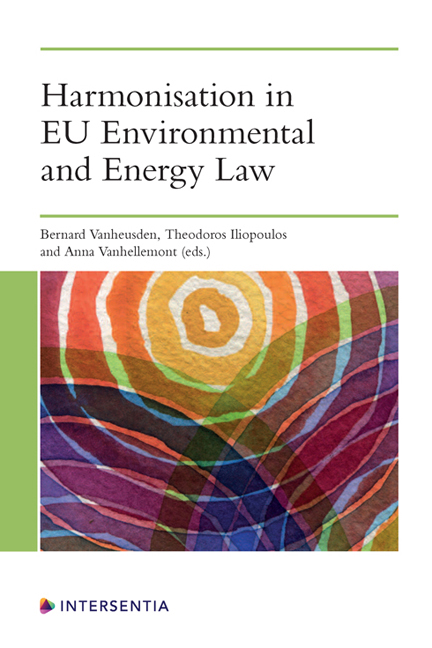Bridging the Gap between Soil and Climate Change in the EU: The Issue of Soil Organic Carbon
Published online by Cambridge University Press: 26 May 2022
Summary
INTRODUCTION
Nobody could deny that soil plays a crucial role in the provision of all vital ecosystem services. However, besides acting as the benchmark for food production, water storage and supply, biodiversity – let alone added cultural and social services – soils are also garbled by the upsurge of climate change. The impacts of soil exploitation on a massive scale for energy and food production reveal a core, yet overlooked, ecological function of soil: carbon pooling. This ecological function serves as a yardstick for several ecologic functions carried out by soil in order to halt greenhouse gas emissions or, in turn, even worsen it: soil organic matter (SOM). SOM stores a significant amount of greenhouse gas (GHG) – mainly CO2 – in the form of soil organic carbon (SOC) stocks. Similarly, other GHGs, namely, nitrous oxide (N2O) and methane (CH4), are also produced and stored (or trapped) in soils under anaerobic conditions, like peat and permafrost. Soils are thus the second-largest active store of GHG after the oceans, with around 1.500 billion tonnes of carbon found in SOM worldwide. In Europe, the total SOC stock amounts to 73 – 79 billion tons. Hence, the 2011 European Commission (EC) Communication on the Resource Efficiency Roadmap called upon Member States to adopt measures aimed to reduce erosion and enhance SOM, with a view to an overall non-regression of SOM levels – especially in soils with less than 3.5 per cent SOM. Notwithstanding the key role played by soils in the global carbon cycle and the dire ecological interrelations between climate change and its functions, however, the issue of SOM protection has been traditionally marginalised even in the lingering debate about a European comprehensive regime on soil protection.
This chapter will thus first outline the interplay between SOM ecological functions and the threats thereto posed by climate change. Next, it will analyse the legal instruments arguably aimed at tackling the issue of soil integrity in relation to GHG emissions at the EU level. Lastly, it will envision a set of potential solutions as to a comprehensive and effective regulatory approach to SOM protection in the EU.
- Type
- Chapter
- Information
- Harmonisation in EU Environmental and Energy Law , pp. 147 - 162Publisher: IntersentiaPrint publication year: 2022



